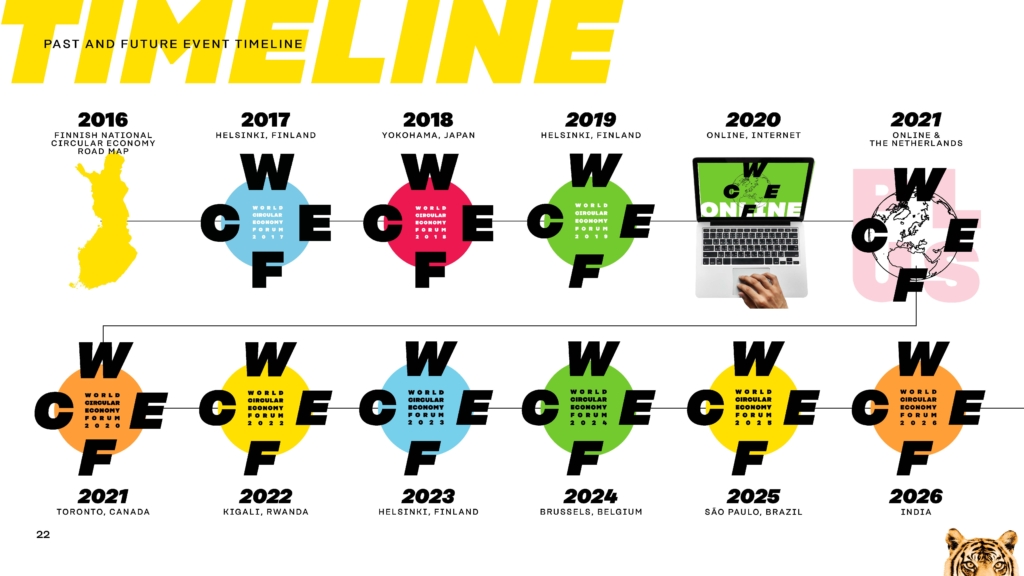WCEF2025: Tropical solutions for sustainable growth
In 2025, the ninth annual World Circular Economy Forum brought the world’s leading circular economy thinkers and doers to São Paulo, Brazil. Held in the heart of Latin America’s largest city, the forum spotlighted the unique potential of tropical solutions to drive sustainable growth and resilience in a resource-constrained world.
WCEF2025 reaffirmed the circular economy as a cornerstone of the regenerative economy and a vital strategy for decoupling well-being from resource use, placing the production sector at the centre of the transition.
The programme emphasised the urgency of global collaboration, harmonised policies and inclusive financing to scale circular solutions. Speakers from across continents emphasised that the circular transition must be both ambitious and equitable—ensuring that communities most exposed to climate and resource vulnerabilities are not left behind but empowered as leaders in the shift.
The forum also explored how bioeconomy strategies and regenerative practices, already in implementation by industries, can be fostered to reshape the market by meeting societies’ needs while promoting sustainable development and a decarbonised economy.
This year’s edition introduced a strong regional lens, showcasing Latin American leadership in circular innovation. WCEF2025 highlighted how local solutions can inspire global action, including forest-based bioeconomy practices, circular approaches for food security, circular use of water and nature-based solutions and design. Other important topics covered included inclusive policies, symbioses, education and essentials skills, trade systems change and the power of circularity in sustainable development.
Held on 13–14 May at Ibirapuera park, the main event featured high-level panels, showcased solutions and fostered interactive dialogues, with 115 speakers from around the world sharing their insights and experience. More than 40 organisations shared their solutions at the expo, and 7 studios around the world brought the discussions closer to local audiences. On 15–16 May, WCEF collaborators hosted 100 accelerator sessions in São Paulo, online and around the world, offering deeper dives into practical implementation.
WCEF2025 gathered 1,206 people in São Paulo and gained more than 16,500 views online. Attendees from 160 countries participated in the main event.
The World Circular Economy Forum 2025 was organised jointly by the Federation of the Industries of the State of São Paulo (FIESP), the Brazilian National Confederation of Industry (CNI), Brazilian National Industrial Learning Service (SENAI), SENAI São Paulo and the Finnish Innovation Fund Sitra, in collaboration with a wide network of international partners.
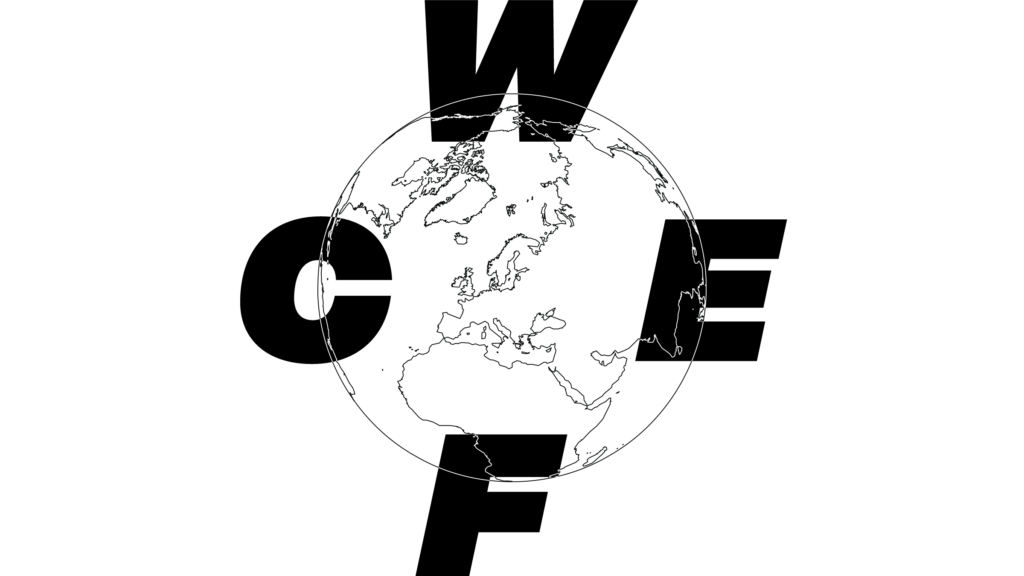
The World Circular Economy Forum brings together business leaders, policymakers, experts, civil society, and others to explore the world’s best circular economy solutions. It examines how to accelerate the circular transition while pursuing the United Nations Sustainable Development Goals. The WCEF is a global initiative of Sitra, the Finnish Innovation Fund.
Results from WCEF2025
Preceding the forum, Brazil’s Ministry of Development, Industry, Trade and Services (MDIC) launched the country’s National Circular Economy Plan (PLANEC). This new policy reinforces other recent federal initiatives, such as the New Industry Brazil Program. Both initiatives place the circular economy at their core, underscoring its strategic importance in addressing climate change.
Several reports, tools and calls to action were launched at the forum. Here are some highlights:
- FIESP and CNI published an e-book Circular economy in industry: Best practices with 49 circular economy cases from Latin America
- FIESP and CNI launched a list of 204 circular economy practices from Latin America and the Caribbean.
- SENAI-SP launched new courses on the circular economy in industry, available in Portuguese, English and Spanish.
- The World Packaging Organization jointly launched with the United Nations Industrial Development Organization and Wageningen University in the Netherlands the report Navigating the food loss and waste paradox: Balancing food loss and waste with save food packaging.
- The Latin American and Caribbean Coalition for the Circular Economy, in partnership with EU Switch to Green, launched the Guide for developing strategies in the circular economy.
- WBCSD published the Circular Transition Indicators (CTI) Social Impact guide, developed in partnership with the University of Utrecht and KPMG and in consultation with WBCSD member companies.
- Circle Economy and Deloitte released the annual Circularity Gap Report 2025.
- IFC published their Harmonized circular economy finance guidelines.
- Business Finland published an e-book Finland leading the way to sustainable circular economy.
- IRP Co-chairs launched a call to action for 21st century global materials stewardship.
- PREVENT Waste Alliance, SAGANA and The Canopy Lab published two guidebooks, Financing circularity part 1: Bridging the gap between finance demand and supply and Financing circularity part 2: Guidance to unlock finance for circular economy actors.
- PREVENT Waste Alliance launched the PREVENT Circular Economy Finance Navigator.
- BEAM Circular, Bega Circular Valley, Vlaanderen Circulair, ReLondon, Navarra Zirkular, Région Normandie, Circular Pirkanmaa, Circulair Friesland and Circle Economy jointly launched the Circular Alliance of Regions (CARe).
- Sitra and VTT published the Digital product passport playbook.
- World Green Building Council launched the Resources and Circularity Readiness Framework.
- The Institute for research in environment, civil engineering and energy with Reconomy launched the Western Balkans Circular Economy Hub.
- Circle Economy, International Alliance of Waste Pickers, WIEGO and Ellen MacArthur Foundation launched a call to centre inclusivity and perspectives from the global south.
- Netherlands joined the Global Alliance on Circular Economy and Resource Efficiency (GACERE).
- Circulair Friesland and Circle Economy published the Circularity Gap Report Friesland.
- The EU Circular Economy Resource Centre (EU CERC) launched their work:
- They announced the annual Circular Awards by the EU CERC and launched the call for applications for the 2026 Policy Implementation Award.
- They held the first Stakeholder Meeting on the sidelines of the forum.
- They engaged stakeholders in peer-to-peer exchange with the centre’s now operational business, knowledge and policy labs.
- Business innovation was recognised through the 2025 Business Award LAC by the EU CERC, FIESP and CNI, which was awarded to the Brazilian battery company Energy Source.
- Chatham House, UK International Development, Switch to Circular Economy Value Chains and UNCTAD published a report Beyond the technical loop: Driving the circular bioeconomy through global policy coherence.
- UK International Development and UNCTAD published a document From waste to value: Upcycling agricultural residues for sustainable textiles.
- Ellen McArthur Foundation organised a high-level meeting between China and Brazil to unlock circular economy opportunities.
- The Environmental Company of the State of São Paulo (CETESB) launched the digital platform EcoMapa that allows citizens to consult waste collection points subject to reverse logistics.
- The Brazilian Ministry of Cities published a thematic book on the circular economy as part of the National Basic Sanitation Plan.
- CNI launched their research on the Circular economy 2025: Barriers, opportunities and practices in the industry.
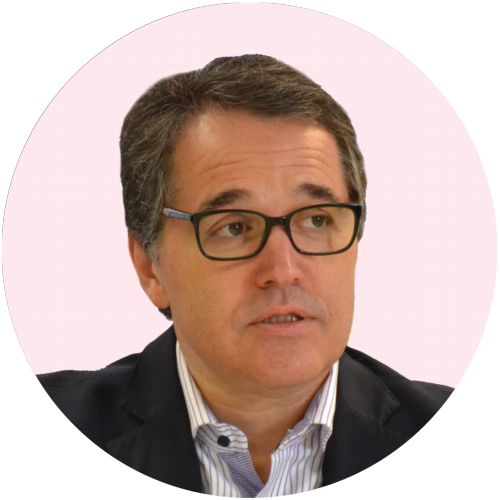
We need to move toward implementation, and the circular economy is one of the main tools. Circularity is undoubtedly the number one strategy for the hard-to-abate sectors. It is a key area we must focus on
Improve circularity to unlock a decarbonised, sustainable and regenerative economy
Resource use drives the triple planetary crisis: climate change, biodiversity loss and pollution. The United Nations Environment Programme’s Global resources outlook predicts that material use will grow by 60 percent by 2060. At the forum, experts discussed how we can manage the increasing demand for resources without putting economic and social prosperity at risk.
We must become better stewards and decouple economic growth from resource use and environmental impacts. That is exactly what the circular economy aims: to redesign systems in a way that keeps materials in use for as long as possible, minimises waste, regenerates natural ecosystems and creates value through more sustainable and inclusive economic practices.
Experts stressed that it is not for lack of scientific basis that we have not yet developed a working circular economy. The central element for its flourishing is our political decisions. A key takeaway was that the success of this transition relies on more than technical implementation—it demands a political process rooted in continuous dialogue, active engagement and systemic change. Advancing the circular economy requires fostering governance models that support a more equitable society and a truly sustainable planet.
Today’s geopolitical landscape, shaped by a multipolar world and shifting power dynamics, makes the climate debate even more urgent. The discussions highlighted the central role of the circular economy in mitigating greenhouse gas emissions, advancing climate adaptation efforts and preserving biodiversity.
Experts urged the audience to commit to tangible, scalable actions, with a strong emphasis on private sector involvement. It takes more than just funding to enable developing countries to meet their climate goals. Without active participation from the private sector, meaningful progress will not be achieved.
Furthermore, local solutions must be scaled and adapted globally. It is imperative to confront the complexities of decarbonising the economy with a shared sense of responsibility. Achieving climate transformation requires courage, pragmatism and collaborative effort.
The circular economy shows us the way to optimise resource use, reduce waste and create new business models.
Examples of circular economy opportunities for Latin America were highlighted, such as the use of biodiversity in regenerative agriculture and the cultivation of superfoods—approaches that can help restore ecosystems, reduce emissions, and foster prosperity and social inclusion.
Experts emphasised that the next climate negotiations at COP30 should prioritise implementation over negotiation. The transition to circular models is not just an alternative, but a strategic necessity. The message was clear: it is time to move beyond rhetoric and translate commitments into practice.
Global trade must be fairer and more circular
As the world undergoes a period of transformation, WCEF2025 explored how circularity can be embedded into international trade systems. Rather than simply transitioning, experts emphasised that we are experiencing a fundamental “update,” with countries and blocs rewriting the rules of global cooperation.
Markets are being reinvented, not only due to resource scarcity but also in response to shifting consumption patterns and evolving societies. These changes have far-reaching implications for trade, value chains and geopolitical stability, particularly as climate-related costs escalate and the demand for coordinated, cross-sectoral solutions become increasingly urgent. Discussions underscored the dual role of trade: it can be both a driver of circularity and a barrier to it. Aligning trade rules with sustainability goals is essential to ensuring a just and inclusive transition.
Regional integration emerged as a key theme, especially in Latin America. Intra-regional trade within Latin America and the Caribbean remains considerably lower than in other regions like Asia. Enhancing integration through investments in infrastructure, regulatory alignment and coordinated industrial strategies is crucial to boost productivity and competitiveness across the region.

Trade agreements are powerful tools—if circularity is truly embedded in them, they can significantly drive the transition to a circular economy.
The forum made a strong call to move from strategy to implementation. With national strategies, international agreements and pilot programmes already in place, the next step is to operationalise these frameworks and scale up solutions. The private sector’s role is critical in this process, given its ability to innovate, invest and drive systemic change.
Speakers reinforced that circular trade is not an abstract ideal, but a practical necessity. It demands a fundamental rethinking of how goods are produced, consumed and traded—and this calls for unprecedented levels of cooperation across regions, sectors and institutions.
The circular economy and bioeconomy create powerful synergies
While recognising the challenges in shifting from traditional to circular business models, the speakers emphasised that this transformation represents, above all, a significant opportunity for value creation. Embedding circular economy principles into business strategy goes beyond individual company choices—it can drive sustainability and systemic change across entire value chains.
To build resilient and future-ready value chains, the economy must align with nature’s principles, moving beyond the current linear model—based on extraction, transformation, consumption and waste—toward a regenerative and restorative system. The forest sector has a pivotal role in circular transitions, showing how regenerative practices, industry leadership and inclusive innovation can drive sustainable growth—especially in biodiverse regions like Brazil and the Amazon. This stood out as one of the central topics addressed at WCEF2025.
The discussions also underscored the importance of geographically and contextually tailored approaches in designing solutions. These should focus on high-value, long-lasting applications and be guided by a systems-level perspective that integrates all relevant stakeholders across the value chains.
It was highlighted that aligning business models with circular economy and bioeconomy principles enhance strategic sectors, energy for example, to unlock their full potential. These sectors can positively influence others, support biodiversity, mitigate climate change and generate green jobs.
Experts also turned their attention to the synergies between circular design and nature-based solutions. Circular design—rooted in natural systems—is essential to develop regenerative solutions integrating the circular economy starting from the conception of products and services that harmonise economic growth with environmental stewardship.

The incentives for financing circularity and nature-based solutions are long-term. Current traditional financing models simply don’t take into account financing something you will only see the true positive effects for in the far future.
In a call to action, specialists emphasised the urgency of placing nature at the core of business decisions, production models and innovation strategies. The adoption of regenerative practices, enabling technologies and collaborative partnerships were identified as essential to advancing a restorative economy—one that ensures the well-being of future generations.
Businesses, as key actors in material flows, play a vital role in this transition. This transition is already reality. The cases presented demonstrated how companies are increasingly expanding beyond traditional materials to offer a diverse and growing range of bioproducts enabled by continued advances in science, innovation and technology. Existing initiatives also show that regenerative models are not only feasible—they are scalable, impactful and economically sound.
Circular economy is key to building water and food security
Looking at the future demands of society, attention was brought to two essential points: food security and water security.
A key topic of the discussion was the application of natural and social capital to promote sustainable, circular food systems, especially in the context of food security and nutrition in Latin America.
Food waste was identified as a major challenge. Losses occur at every stage of the supply chain—from harvesting and distribution to processing and consumption. At the forum, specialists discussed how to ensure that food reaches consumers safely, efficiently and sustainably, by promoting intelligent packaging and improved supply chain traceability.

It’s not only about growing food. It’s about making sure that it will reach consumers in a safe, efficient and sustainable way. This involves driving food chains as integrated food systems: understanding the supply chain, the entire product’s life cycle and engaging all the stakeholders of this supply chain.
The second essential point discussed at the forum concerning future demands was water security. The main question here was how circular economy principles can be applied to the sustainable use of water, particularly in contexts marked by scarcity, pressure on water resources and climate vulnerability.
Speakers emphasised that water—a resource essential to life—must be understood from multiple perspectives: as a strategic element and a potential source of conflict, but also as a tool for peace, cooperation and environmental regeneration. Efficient water use and reuse were identified as central pillars of circular water systems. Solutions must integrate technological innovation, adequate financing, community participation and collaboration across sectors and borders.
National experiences on public policies showcased the importance of embedding circularity not only in water management but across the full lifecycle of inputs and by-products.
While viable solutions exist, the discussions emphasised that many barriers are institutional and political, rather than technological. Fragmented governance, lack of coordination between sectors, incentive structures that prioritise short-term gains and the exclusion of local communities were identified as major obstacles to systemic transformation on food and water resilience.
It is critical to align water, food, health and climate policies, guided by inclusive governance and community engagement. And for this, one more strong call to action: structural transformation and a shift in mindset are urgently needed.
Circularity is strategic to power the energy transition
Mobility has played a crucial role in human development throughout history, enabling access to food and healthcare and the exploration of new territories. While transportation remains essential to modern society, it depends on a complex value chain and is heavily reliant on natural resources and energy.
Today, mobility stands as one of the major challenges in the pursuit of a low-carbon economy. Experts emphasised that current global climate governance—largely shaped by intergovernmental negotiations—must evolve to meaningfully engage non-state actors, including businesses and civil society. This calls for robust regulatory frameworks, coordinated public policies, legal certainty, streamlined permitting processes and timely investment mechanisms.

Depending on the geographic and economic context, as well as territorial or regional asymmetries, one option may offer a better cost-benefit ratio than the other [biofuels and electrification]. These options are not mutually exclusive or fixed. We need to move away from binary thinking—they are complementary.
Experts discussed the current challenges to make mobility more circular, less dependent on fossil fuels and more efficient from both environmental and economic standpoints, with a particular focus on Latin America.
This transition requires solutions grounded in access to strategic natural resources, critical minerals and low-carbon technologies. Representatives from industry, government and international organisations shared best practices and public policy approaches to accelerate the deployment of these technologies.
As the energy transition gains momentum, the role of critical minerals—and the methods used for their extraction, processing and reuse—will be central to shaping a sustainable, equitable and resilient future. Global demand for these minerals is projected to triple by 2030. It is vital to scale up circular solutions through multi-stakeholder collaboration, proactive policy frameworks, inclusive finance and governance.
Experts stressed that ensuring a fair and just transition demands innovative policy and financial strategies to support a responsible life cycle for critical minerals, transforming the circular economy from theory into actionable and investable solutions.
Speakers also emphasised the importance of inclusive governance, calling for the meaningful participation of Indigenous communities, women, youth and civil society. Such an approach is essential to ensure that the extraction of critical minerals promotes shared prosperity, protects biodiversity and contributes to broader sustainable development goals.

We are currently experiencing a moment of energy addition, not necessarily an energy transition, because we are not replacing energy sources—we are adding new ones in response to the growing global energy demand. And this demand is not only driven by population growth, innovation and technology chains, or electrification—it is driven by global warming.
New financing, decision-making and cooperation boosts circular business models
Fostering the circular transition requires the adoption of new forms of collaboration and relationship models. It is not feasible to build a new economy while relying on the same business models and conventional partnerships. The strategic importance of cooperation among industries extends far beyond traditional recycling—it aims to drive a paradigm shift from isolated solutions to collective, systemic approaches in how we manage resources, materials and waste.
This was the main message from the discussions on the importance of exploring industrial synergies. Symbioses and shared services were highlighted as examples of strategies to generate efficiency gains, cost savings and smart resource management.
Undoubtedly, significant challenges remain in establishing effective governance structures for joint initiatives. Key issues highlighted include the need to build trust among partners and to ensure the technical compatibility of resource flows. However, experts also shared concrete examples of how these barriers have been successfully overcome.
According to the experts, the success of such initiatives relies less on the availability of advanced technologies and more on the commitment, collaboration and alignment among stakeholders. They also emphasised the importance of peer-to-peer knowledge exchange, not only among industry but also in partnership with academia and research institutions.
Integrating circularity metrics into business decision-making processes was also emphasised as a critical step toward driving real action and achieving meaningful impact. The key message was: to inspire action, we must promote responsibility, transparency and commitment throughout the entire value chain.
By developing clear metrics to measure and manage circular performance throughout the value chain, companies can not only unlock economic value but also strengthen resilience, reduce risk and ensure alignment with long-term sustainability strategies.
These are pivotal aspects for strengthening the alignment between business needs and financial support. While the circular economy presents a strategic opportunity to redefine business models, it also demands the development of new financial approaches. For this transition to be successful, close collaboration among financial institutions, governments and businesses is essential—particularly in designing innovative financial instruments, regulatory frameworks and support networks that can enable and scale circular initiatives.
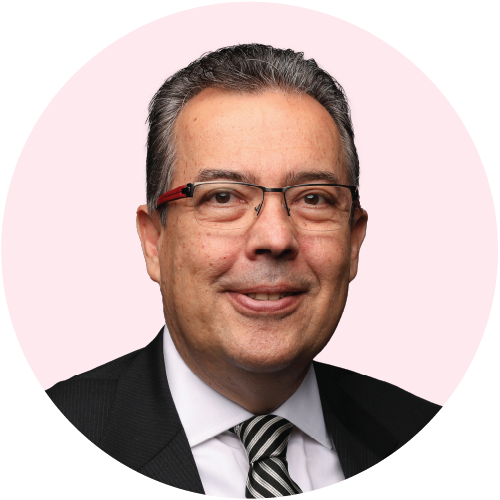
When engaging in circular economy projects, you must act as a first comer—ready to face not only financial, but also reputational risks. If you’re not prepared for that, you might miss the opportunity to create real impact.”
WCEF2025 showcased experiences across companies of different sizes and their interactions with various financial institutions. Especially small and medium-sized enterprises (SMEs) face significant barriers, including limited access to finance due to low investor perception, lack of collateral and bureaucratic capacity, high upfront costs and insufficient knowledge of available financial mechanisms.
While SMEs face these financial and institutional challenges, they also offer agility and innovation potential that can be harnessed through supportive policies, long-term financing and integration into broader value chains. Partnerships with large companies were also highlighted as key enablers, offering not only financial support but also access to technology and increased credibility.
Participants noted that only a small share of global climate finance reaches Latin America—and even less makes its way to SMEs. Instruments such as green bonds, blended finance mechanisms and taxonomies were discussed as ways to close this gap. Examples from Africa and other regions illustrated how targeted tools are being used to support circular business models and infrastructure, particularly in developing countries.
From the perspective of investors and banks, one of the key points highlighted was the importance of financing high-capital-expenditure circular economy projects through collaborative, risk-sharing models that involve private investors, commercial banks, public financial institutions and governmental bodies.
Experts reinforced the crucial role of policy frameworks in enabling circular finance. Harmonisation of regulations, supportive fiscal measures and long-term industrial strategies are necessary to de-risk investments and incentivise more actors to engage in circular transition projects.
Through the lens of Latin America and the Caribbean, the forum showcased a growing momentum toward circular approaches, reflected in pioneering government initiatives and strengthened regional collaboration. This provided the audience with valuable lessons on how to design programmes and foster international partnerships that can unlock the full potential of circularity.
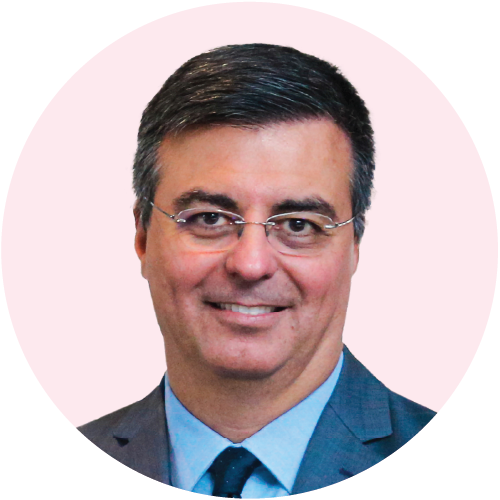
Each of us does excellent work individually. But alone, we are no longer enough to solve these challenges. The key word here is cooperation.
The right skills are necessary for a circular future
The message heard throughout the forum was clear: people are the creative resource to find a new path into a circular future. Even though artificial intelligence (AI) is booming, we still need people to build peaceful, inclusive and resilient societies globally. It’s an absolute necessity to keep all of us on board. The forum showcased the role of education, skills and informal workers to take steps together toward a resilient circular economy.
Education and professional training are essential to achieve a circular economy. The forum explored how learning systems must be reimagined to embed circular thinking across society and industry. Brazil’s SENAI model truck stood out as an example, combining broad circular literacy with sector-specific training co-created with industry. Their approach includes curriculum reform, technical training and the publication of Latin America’s first textbook on the circular economy, equipping professionals with both technical and soft skills such as regulatory understanding, communication and systems thinking.
It was highlighted that traditional education systems, still largely based on linear economic models, are no longer sufficient. A systemic redesign is needed—one that integrates sustainability values, interdisciplinary learning and circular design principles. Educators play a critical role in this transformation, yet many face challenges such as rigid curricula and limited training.

We need to learn from people, from students, from colleagues all over the world with a very different perspective than ours. We need to redesign all curricula at all levels.
Speakers called for empowering teachers with the knowledge and confidence to embed circularity across all disciplines, moving beyond superficial “green” narratives to foster critical thinking, empathy and global awareness. From an industry perspective, three pillars were identified as essential for enabling circularity: stakeholder engagement, integration of material and data flows, and the development of essential skill sets. Digital tools such as product passports and IoT sensors were highlighted as key enablers of transparency and tracking materials’ lifecycle, helping turn circularity into operational reality.
Informal work is crucial for circularity
The forum also brought long-overdue attention to the vital role of informal workers—particularly waste pickers—in circular systems, especially in the Global South. Nearly 60 per cent of global plastic recycling is carried out by informal workers, yet they remain marginalised, underpaid and excluded from formal policy frameworks.
Five key pathways were outlined to integrate informal workers into circular transitions:
- Valuing local knowledge
- Strengthening waste picker organisations
- Designing inclusive extended producer responsibility systems
- Ensuring access to climate finance, and
- Formally recognising their contributions to national climate goals.
These principles were echoed throughout the discussions as essential for a just and inclusive circular economy. Speakers from across regions stressed that circular practices such as repair and reuse are deeply rooted in cultural traditions but are often overlooked by dominant narratives of modernity.
The forum called for systemic recognition of informal workers through policy, financing and data, and highlighted the importance of co-designing training and social protection mechanisms with these workers. Tools like Brazil’s Recycling Atlas and the Latin America circular economy gap report were presented as examples of how to make invisible labour visible. The forum also saw a documentary of waste pickers in Africa, filmed during WCEF2022.

Industrial restructuring, digitalisation, and the pursuit of nonlinear models requires the combination of circular economy policies with social protection measures to ensure that the burden of efforts to promote circularity, reduce plastic pollution and combat climate change will not fall on the shoulders of the waste pickers.
A powerful call to action was made during the forum: Circular economy transitions will not succeed without putting informal workers in the centre. Real change requires participatory governance, fair compensation and systemic inclusion, ensuring that circularity is not only sustainable but also just.
A call for collective action
The forum’s sessions underscored that the transition to a circular economy is not only a technical or environmental challenge, it is a deeply human one. Education systems must be redesigned to equip future professionals with the skills and mindset needed for circularity, while informal workers must be recognised and supported as key actors in circular systems. Both education redesign and recognising informal work point to the need for systemic change, inclusive governance and global collaboration. Real progress will require action from educators, industry leaders, policymakers and communities alike.
The message from WCEF2025 was clear: circularity must be built on a foundation of knowledge, equity and collaboration to ensure a future that is not only sustainable—but also fair and resilient.

Circular economy is not only an environmental issue, but also a tool for advancing social equity and justice. It provides solutions for the resilience of societies.
Next step: India
In 2026, the forum will once again explore a new region. The forum will be held in India in autumn 2026. The exact dates and location will be announced later.
WCEF2026 will be hosted jointly by the Central Pollution Control Board (CPCB) which operates under India’s Ministry of Environment, Forest and Climate Change, and the Finnish Innovation Fund Sitra, the initiator of the forum. See you there!
Programme
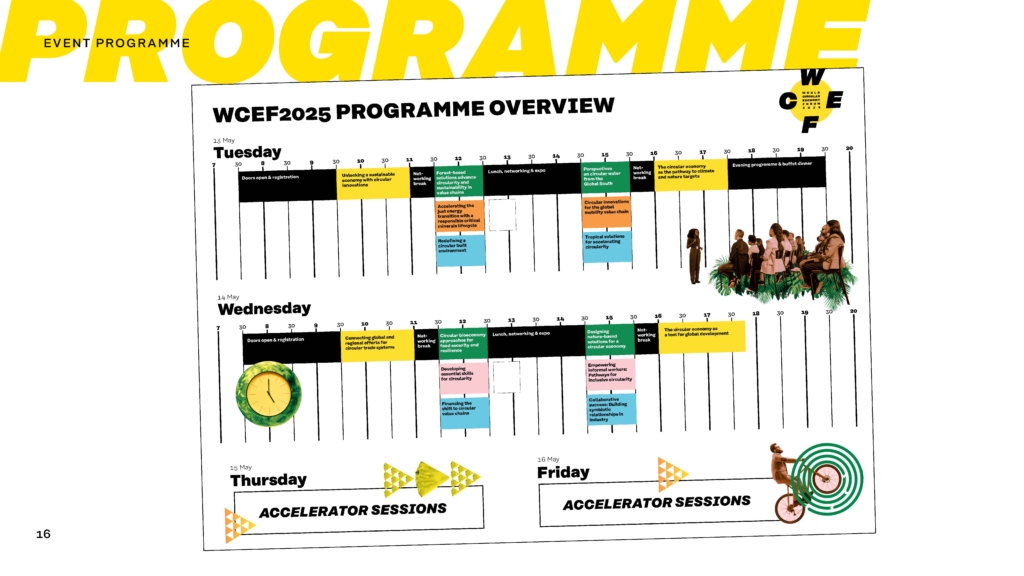
Key figures

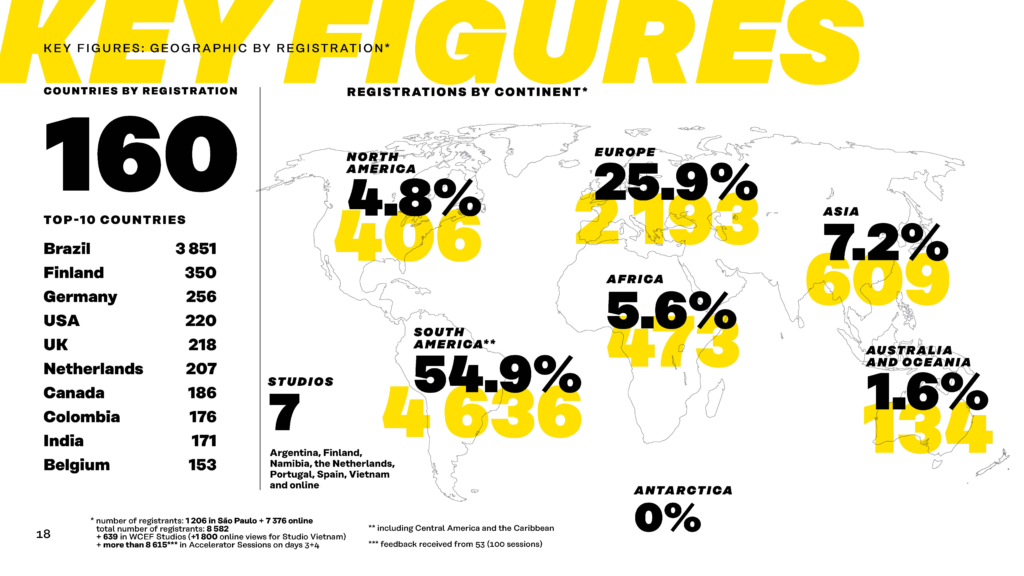
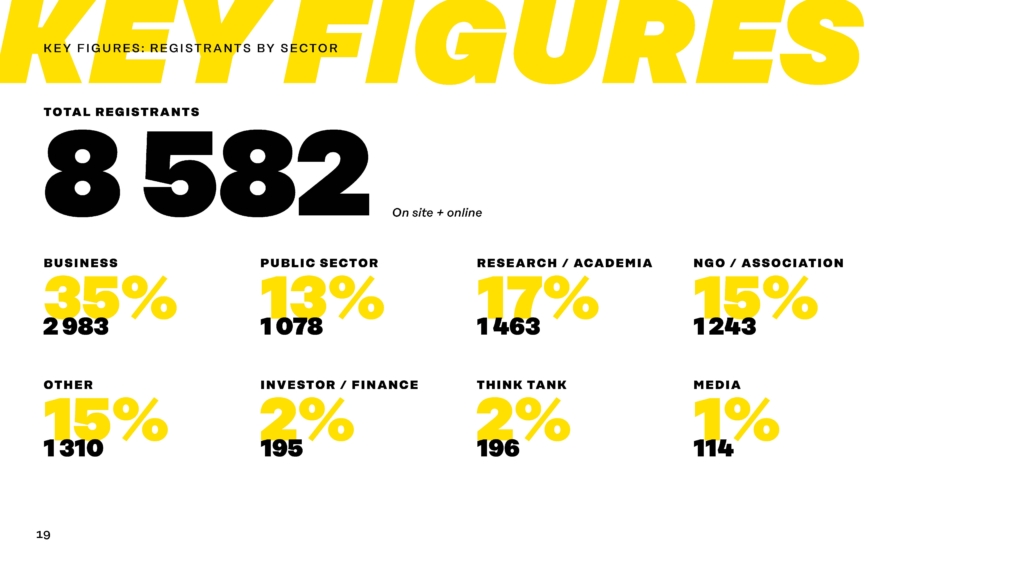
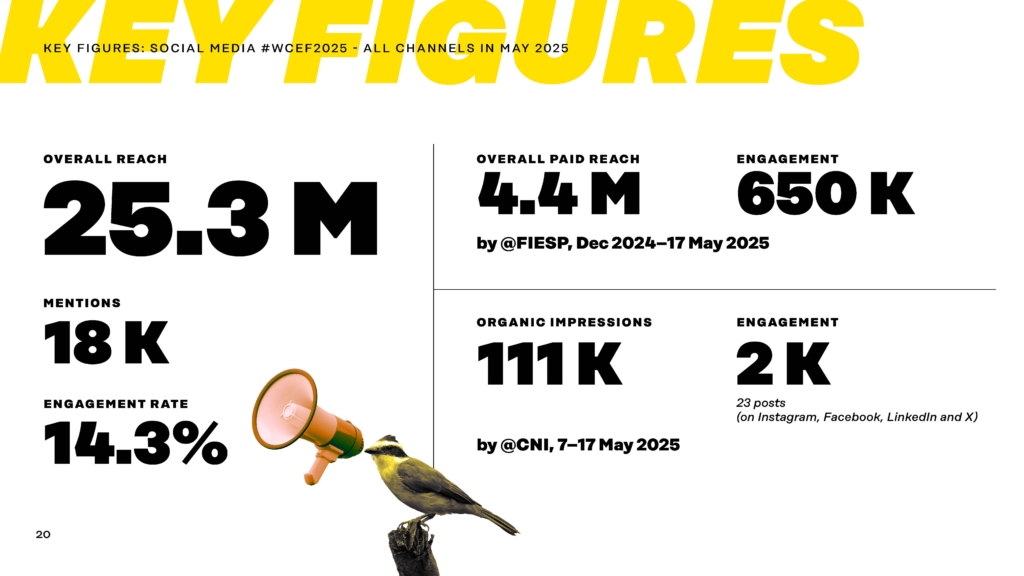
Organisers
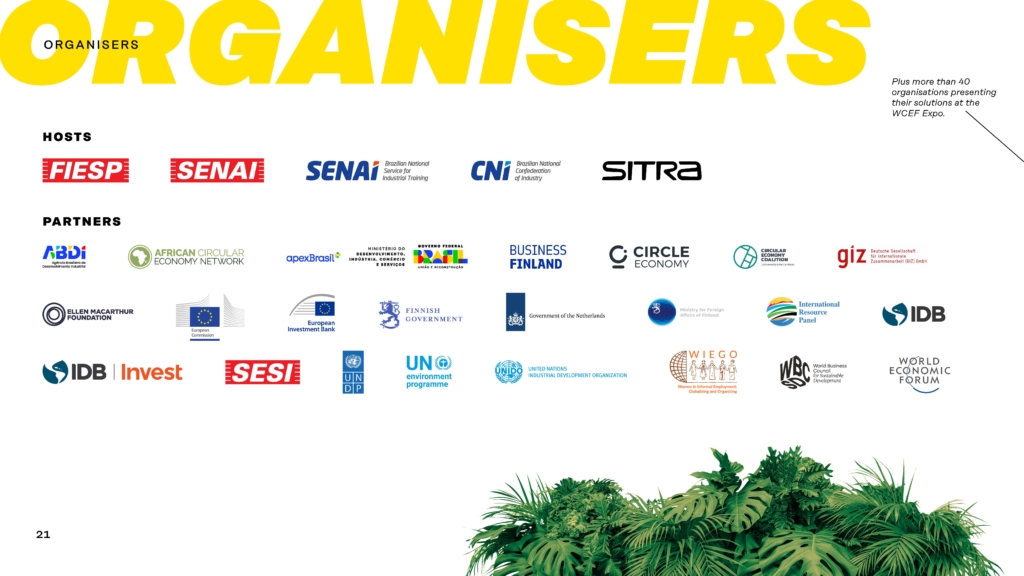
Timeline
